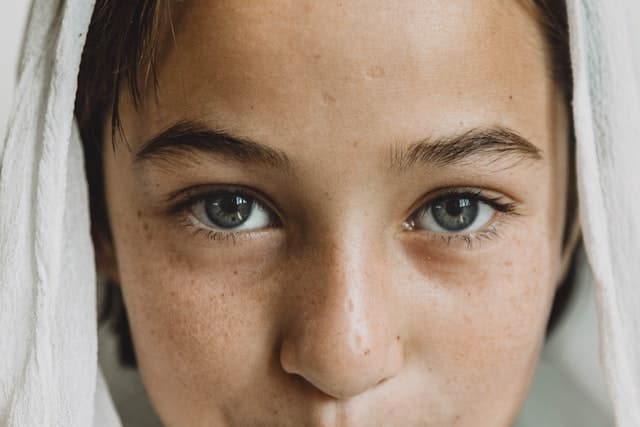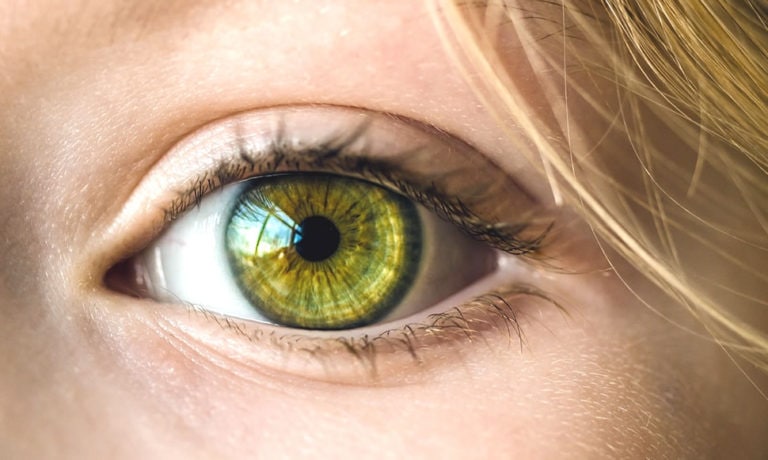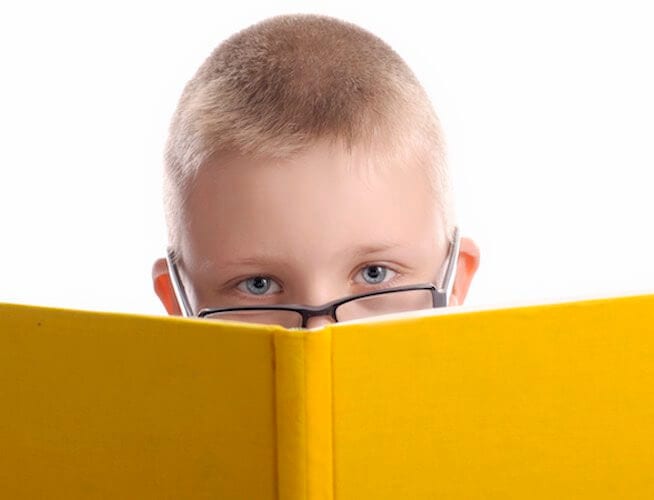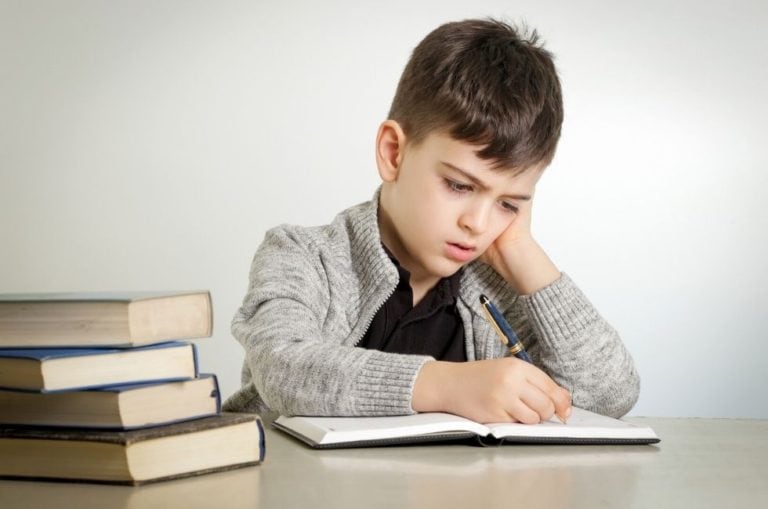Placing the right shoe on the correct foot, maintaining balance, recognising the shapes and sizes of objects, and judging distances are tasks that most people take for granted.
These abilities rely on visual-spatial skills, which help us understand where we are in relation to the world around us. However, for those with deficiencies in these skills, even simple actions can feel confusing and frustrating.
According to Australian Smart Vision behavioural optometrist and founder of Smart Vision Optometry, Gary Rodney, difficulties with visual-spatial processing can disrupt learning, coordination, and daily life. “Spatial awareness is a crucial aspect of vision that allows us to navigate the world effectively. When these skills are underdeveloped, it can impact everything from handwriting to problem-solving to confidence in movement,” he explains.
Jacquie Gattegno, Master in Behavioural Optometry, Orthokeratologist and Principal Optometrist at Eyes InDesign Smart Vision Optometry Bondi, adds, “Many children who struggle with reading, writing, or coordination don’t actually have a learning disorder—they have a vision processing issue. The good news is that these difficulties can often be improved with vision therapy.”
When Spatial Awareness Fails
Problems with visual-spatial processing stem from an inability to correctly interpret depth, distance, shape, and the relationship between objects. For children, this can lead to:
- Difficulty with handwriting – Letters and words may be misaligned or vary in size.
- Challenges in reading – Losing place frequently or struggling with letter reversals (e.g., confusing ‘b’ and ‘d’).
- Struggles in maths – Difficulty aligning numbers or recognising patterns.
- Clumsiness and poor coordination – Bumping into objects, struggling with sports or dance.
- Confusion with directions – Trouble distinguishing left from right or navigating spaces.
“For a child with poor spatial awareness, the world can feel disjointed and unpredictable,” says Rodney. “They may know what they want to do, but their brain struggles to guide their body to do it.”
Gattegno agrees, adding that these children may often be unfairly labelled as careless, uncoordinated, or inattentive when, in reality, they simply cannot accurately perceive spatial relationships.
The Brain’s Role in Visual Processing
Visual-spatial skills are not just about eyesight—they are about how the brain processes visual information. While the eyes capture images, it is the brain that:
- Identifies shapes, sizes, and orientations.
- Determines how objects relate to one another.
- Processes movement and depth perception.
“The brain relies on past experiences to interpret what the eyes see. If visual-spatial processing is weak, the brain may misinterpret or struggle to organise this information properly,” explains Rodney.
Without these abilities, everyday tasks become more difficult, leading to frustration and avoidance. “Children with spatial challenges may resist activities like writing, sports, or puzzles—not because they’re lazy, but because these tasks are incredibly difficult for them,” adds Gattegno.
Recognising the Signs of Visual-Spatial Difficulties
Parents and teachers should look out for common signs that indicate a child may have visual-spatial processing difficulties, including:
- Messy handwriting and difficulty staying within lines.
- Mixing up letters, words, or numbers.
- Difficulty copying from a whiteboard or book.
- Frequent tripping, bumping into objects, or trouble catching balls.
- Confusion with directional words like ‘above’, ‘below’, ‘left’, and ‘right’.
- Struggles with puzzles, Lego, or assembling objects.
“If a child struggles with multiple of these symptoms, it may not be a behavioural issue or a lack of effort—it could be a sign of visual processing difficulties,” says Gattegno.
How to Strengthen Visual-Spatial Skills
Fortunately, visual-spatial difficulties can often be improved with targeted interventions. The earlier they are addressed, the better the outcome.
1. Vision Therapy
A personalised Smart Vision therapy program can help train the eyes and brain to work together more efficiently. This may include exercises to:
- Improve depth perception and tracking.
- Strengthen eye coordination and focus.
- Enhance spatial awareness and object recognition.
“Through structured exercises, we can retrain the brain to interpret spatial information more accurately, helping children gain confidence and perform better academically and socially,” says Gattegno.
2. Home-Based Activities
Parents can also support visual-spatial development with fun and engaging activities, such as:
- Puzzles and building blocks to improve shape and spatial recognition.
- Tracing and drawing to enhance fine motor coordination.
- Sports and movement games to develop body awareness and hand-eye coordination.
- Playing “Simon Says” or obstacle courses to improve directional awareness.
“Simple activities can make a big difference in strengthening spatial awareness. Encouraging kids to engage in outdoor play, sports, and hands-on learning experiences can help reinforce these skills,” says Rodney.
3. Proper Eye Examinations
A Smart Vision Comprehensive Skills Assessment can detect underlying vision processing issues that standard eye tests may miss. This evaluation examines:
- Eye tracking and coordination.
- Depth perception and spatial processing.
- Visual memory and pattern recognition.
“Early diagnosis and intervention can prevent unnecessary struggles in school and daily life. A comprehensive vision assessment is key to understanding if spatial difficulties are related to vision,” explains Gattegno.
Helping Children Navigate Their World with Confidence
Visual-spatial awareness is essential for everything from reading and writing to playing sports and interacting with others. When these skills are underdeveloped, they can lead to frustration, poor academic performance, and low self-esteem.
“The good news is that visual-spatial difficulties don’t have to hold a child back. With the right interventions, they can develop stronger processing skills, improving both their learning abilities and confidence in daily life,” says Rodney.
Gattegno adds, “Every child deserves to feel capable and confident in their environment. Identifying and addressing vision processing difficulties can transform how they engage with the world.”For more information on visual-spatial processing, vision therapy, or to book an eye examination, visit Smart Vision Optometry or contact the Mosman clinic at (02) 9969 1600 or the Bondi clinic at (02) 9365 5047.







